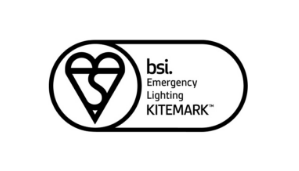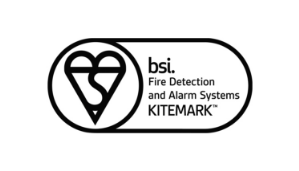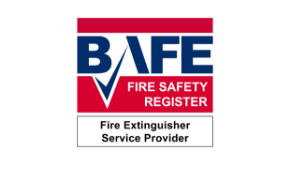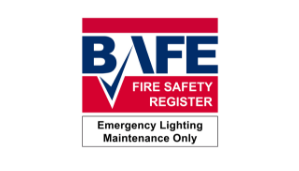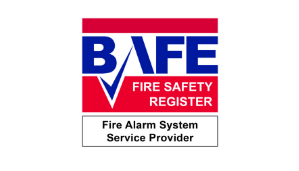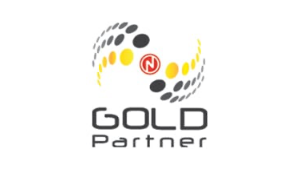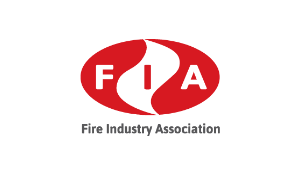In the UK, fire safety is a critical concern for building owners, managers, and tenants alike. With stricter regulations and greater awareness of the risks posed by fire, automatic fire sprinkler systems are increasingly recognised as one of the most effective tools in reducing fire damage, saving lives, and improving building resilience. Whether installed in a high-rise residential block, a care home, a commercial warehouse, or an educational facility, fire sprinklers provide a crucial first glance of defence.
What Are Fire Sprinklers and How Do They Work?
Fire sprinklers are part of a building’s active fire protection system. They’re designed to detect and respond to heat from a fire, releasing water directly over the source to suppress the flames and stop the fire from spreading.
Here’s how they operate:
- Heat Detection: Each sprinkler head contains a heat-sensitive glass bulb filled with a glycerin-based liquid. When a fire raises the ambient temperature, typically to 68°C (154°F), the liquid expands, shattering the bulb and activating the sprinkler.
- Targeted Water Release: Only the sprinkler head(s) closest to the fire activate – this is a common misconception. Sprinklers don’t all go off at once. This targeted release limits water damage while effectively suppressing the fire.
- Alarm Activation: The activation of a sprinkler usually triggers an alarm system to notify occupants and alert the fire service.
Benefits of Fire Sprinklers
The Fire Protection Association’s RISCAuthority has compiled extensive data on the performance of sprinklers in UK buildings between 2018 and 2022. The key findings are compelling:
- Sprinkler success rate: In 95% of fires where sprinklers were present and activated, the system successfully controlled or extinguished the fire.
- Complete fire suppression: In nearly 50% of these cases, the fire was completely extinguished by the sprinkler system before the fire and rescue services even arrived.
- Fatality reduction: No fire-related fatalities were recorded in premises with a working sprinkler system during the reporting period.
- Property protection: Buildings with sprinklers had a significantly lower level of damage compared to those without. In most cases, the fire was contained to the room of origin, dramatically reducing repair costs and downtime.
Why Sprinklers Are Essential in Modern Buildings
1. They Save Lives
The statistics show that sprinkler systems drastically reduce the risk of injury and death in fire incidents. In the UK, many tragic fire events have led to calls for more widespread use of sprinklers – particularly in high-rise buildings and schools.
After the Grenfell Tower tragedy, a renewed focus has been placed on passive and active fire protection. Sprinklers are now mandatory in all new high-rise residential buildings over 11 metres in England (as of 2020), with many local authorities retrofitting systems in existing buildings.
2. They Protect Property
The cost of fire damage can be astronomical, not just in terms of repairs, but also in terms of business continuity, insurance claims, and operational downtime. A well maintained sprinkler system can stop a small incident from becoming a catastrophic loss.
The FPA data confirms that in the majority of UK fires where sprinklers were present, the fire did not spread beyond the origin room. That’s a game changer for building owners.
3. They Reduce the Environmental Impact of Fires
Fires release toxic gases, produce large carbon emissions, and can consume millions of litres of water during firefighting operations. Sprinklers tackle fires early, using a fraction of the water a fire and rescue service would deploy.
According to the Building Research Establishment (BRE), sprinkler systems use approximately 1/10th of the water that would be used by the fire brigade during full-scale firefighting operations.
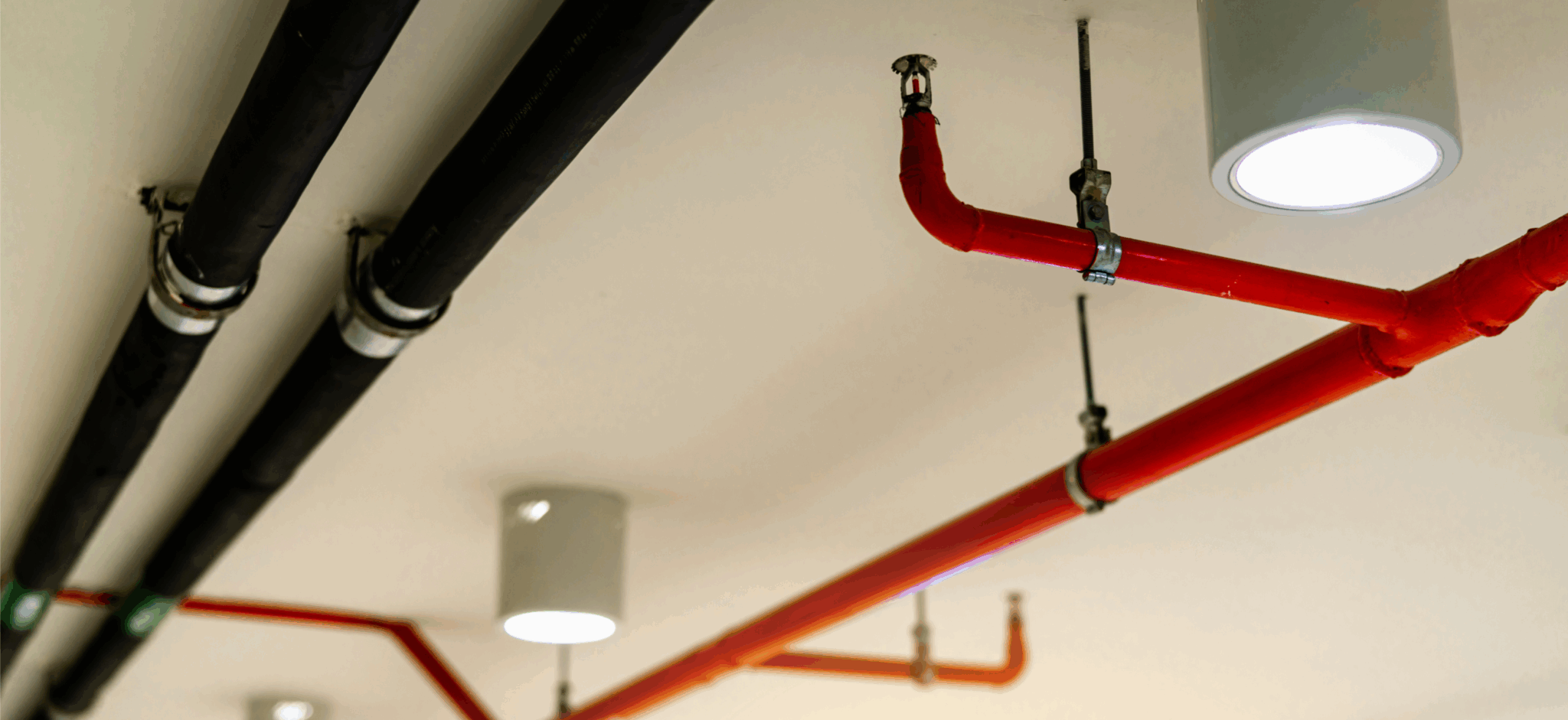
Types of Fire Sprinkler Systems
Wet Pipe Systems
Wet pipe systems are the most common type of fire sprinkler system. In these systems, the pipes are constantly filled with water, allowing for immediate discharge when a sprinkler head is activated. Wet pipe systems are reliable, simple to maintain, and suitable for most building types.
Dry Pipe Systems
Dry pipe systems are used in environments where the pipes are at risk of freezing, such as unheated warehouses or outdoor areas. In these systems, the pipes are filled with pressurised air or nitrogen. When a sprinkler head is activated, the air pressure drops, opening a valve and allowing water to flow through the pipes to extinguish the fire.
Pre-Action Systems
Pre-Action systems are similar to dry pipe systems but require an additional trigger before water is released. These systems are often used in areas with sensitive equipment, such as data centres, where accidental water discharge could cause significant damage. Pre-Action systems provide an extra layer of protection by requiring both heat detection and a separate signal, such as smoke detection before activating.
Deluge Systems
Deluge systems are used in high-hazard areas where rapid fire spread is a concern, such as chemical storage facilities. These systems have open sprinkler heads and are connected to a water supply through a deluge valve. When activated by a fire detection system, the valve opens, releasing water through all sprinkler heads simultaneously to quickly suppress large fires.
Installation and Maintenance
Professional Design and Installation
The installation of a fire sprinkler system should always be carried out by trained professionals. They will assess the building’s layout, occupancy type, and fire risk to design a system that provides optimal protection. In the UK, sprinkler systems must be carefully designed and installed to British Standards – most commonly BS EN 12845 for commercial systems and BS 9251 for domestic/residential systems.
A professional installer will assess:
- Building use and occupancy
- Water pressure and supply requirements
- Compartmentation and fire load
Proper installation ensures that the system functions correctly and meets building legislation and regulations. As a BSI-certified fire and security provider, CDS works with clients across the UK to design sprinkler systems tailored to their buildings and compliant with all regulatory obligations.
Regular Maintenance
Like any safety system, fire sprinklers require regular maintenance to ensure they operate effectively. This includes periodic inspections, testing, and servicing by qualified technicians. Regular maintenance helps identify potential issues, such as blockages or corrosion, before they compromise the system’s performance.
A Proven Solution That Saves Lives and Livelihoods
There’s no question: automatic fire sprinklers are one of the most reliable and effective fire safety measures available today. In UK buildings, where fire risk varies widely by property type, they offer robust, responsive protection.
From residential towers and schools to logistics centres and care homes, sprinklers provide peace of mind – and proven performance. Backed by years of real-world UK data, they deliver rapid fire suppression, lower property damage, reduced water use, and most importantly, save lives.
At CDS, we design, install, and maintain high-performance fire protection systems, including sprinklers, to ensure your building is fully protected – today, and for years to come.
Want to know more?
Contact us today to discuss a tailored sprinkler system for your building.



